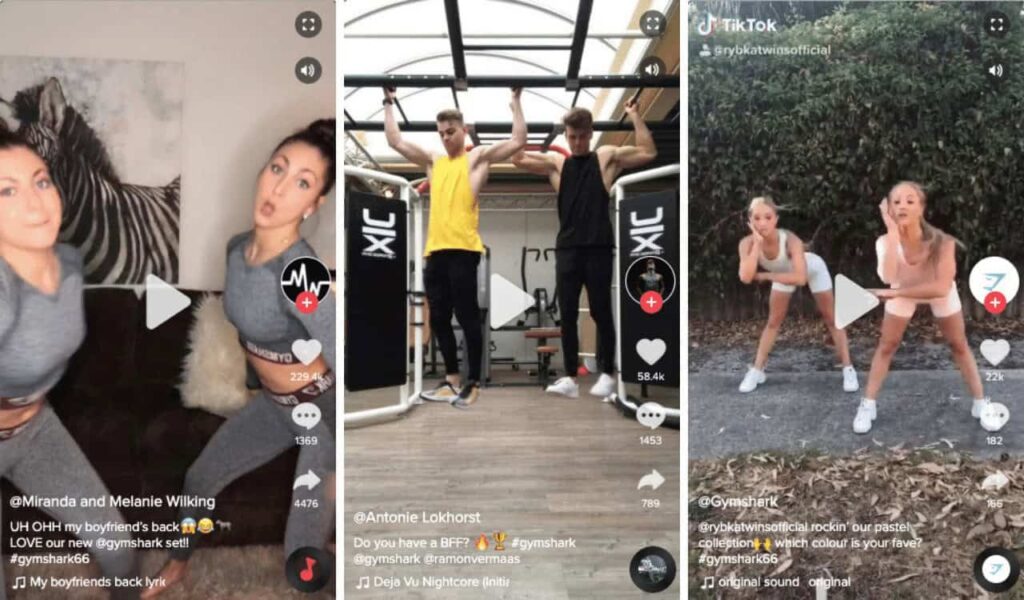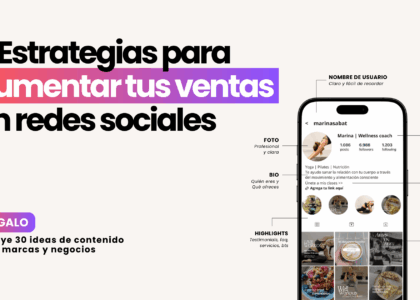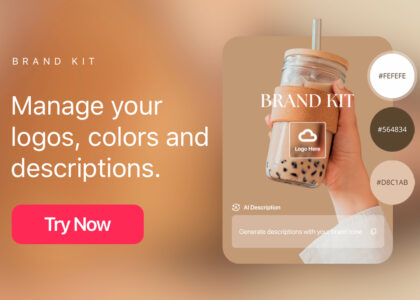In recent years, micro-influencers—those with smaller followings but highly engaged audiences—have become the marketing world’s newest powerhouse. These influencers, often with 1,000 to 100,000 followers, offer a unique blend of authenticity and reach that’s proving highly attractive to brands big and small. While major brands once focused primarily on top-tier celebrities, today they’re increasingly investing in partnerships with micro-influencers to boost brand awareness, drive sales, and foster brand loyalty.
Here’s why micro-influencers are on the rise, why big brands want them, and how tools like Storybeat empower micro-influencers to produce top-quality, engaging content.
What is a Micro-Influencer?
Micro-influencers are social media personalities with a moderate but highly targeted following. Unlike mega-influencers or celebrities, who often have millions of followers, micro-influencers have niche audiences who see them as relatable, trustworthy, and knowledgeable. Micro-influencers tend to focus on specific areas, such as fitness, food, beauty, or travel, and build strong, genuine connections with their followers through consistent, authentic content.
Why Big Brands Are Choosing Micro-Influencers
Here’s why major brands are pivoting their marketing efforts toward micro-influencers:
1. Higher Engagement Rates
- The Power of Personal Connection: Unlike mega-influencers, micro-influencers are known for their high engagement rates. With fewer followers to interact with, they often take the time to respond to comments, answer questions, and engage with their community. According to research, micro-influencers have engagement rates of 3% to 8% on average, compared to 1% to 2% for larger influencers.
- Example: A beauty micro-influencer with 15,000 followers posting about a skincare product may receive hundreds of comments from followers eager to hear their feedback, resulting in higher-quality conversations that brands value.
2. Increased Trust and Authenticity

- Genuine Recommendations Over Paid Promos: Followers view micro-influencers as authentic and relatable. Because they often work in specific niches and appear more down-to-earth, followers are more likely to trust their recommendations. This makes brand promotions feel less like advertisements and more like genuine endorsements.
- Example: For instance, fitness brand Gymshark works with micro-influencers who have small, dedicated communities in the health and fitness world. These influencers share their own journeys and showcase Gymshark products organically, creating trust-driven marketing.
3. Affordable Partnerships
- Lower Costs, Higher ROI: Partnering with a celebrity or mega-influencer often comes with a high price tag. Micro-influencers, on the other hand, typically charge significantly less, making them an affordable option for brands looking to maximize return on investment (ROI). By partnering with multiple micro-influencers rather than one mega-influencer, brands can reach diverse audiences across different niches.
- Example: Coca-Cola often partners with local micro-influencers around the world to promote its beverages in culturally relevant contexts. By investing in multiple micro-influencers, they reach wider and more segmented audiences.
4. Hyper-Targeted Audiences
- Specialized Niches for Better Reach: Micro-influencers often focus on specific interests or niches, such as sustainable fashion, vegan recipes, or personal finance. This allows brands to target specific demographics more precisely, ensuring their campaigns resonate with the right audience.
- Example: Eco-conscious brands like Allbirds work with micro-influencers focused on sustainability. These influencers attract eco-aware followers, giving brands access to a valuable demographic of environmentally conscious consumers.
5. More Authentic, Creative Content

- Empowering Organic Brand Representation: Micro-influencers tend to produce content that is more relatable and less commercial. Many big brands encourage these influencers to create unique, personalized content that speaks to their followers authentically rather than following strict brand guidelines.
- Example: When promoting the launch of a new product, brands like Glossier give influencers creative freedom to showcase products in their own style, resulting in content that feels fresh and authentic.
Real-World Examples: Brands Leveraging Micro-Influencers
To see these strategies in action, let’s look at some brands effectively using micro-influencers to drive their marketing campaigns.
- Daniel Wellington: This watch brand has famously used micro-influencers to reach targeted audiences worldwide. By gifting watches to thousands of micro-influencers, they created a global movement where followers saw their favorite influencers wearing Daniel Wellington timepieces, fostering trust and brand awareness.
- HelloFresh: The meal kit delivery service regularly partners with micro-influencers in the food and lifestyle sectors. These influencers share cooking tutorials, meal prep tips, and unboxing experiences that feel authentic, inspiring followers to try HelloFresh products.
- Airbnb: Known for its unique approach to influencer marketing, Airbnb works with travel micro-influencers who share authentic experiences of staying in Airbnb properties worldwide. These influencers often create engaging, relatable content that showcases unique destinations, adding credibility to Airbnb’s brand and inspiring viewers to plan their own trips.

Final Thoughts
The rise of micro-influencers isn’t just a trend; it’s a shift in how brands and consumers interact. Brands now recognize the value of authenticity, targeted reach, and high engagement rates, all of which micro-influencers offer. With the help of accessible content creation tools like Storybeat, micro-influencers can create compelling, professional-quality content that appeals to both followers and brands.
As brands continue to prioritize genuine connections with consumers, micro-influencers will undoubtedly remain a vital part of the marketing ecosystem.
If you found this helpful and want to learn more about it, be sure to check out our latest article: The Importance of User-Generated Content (UGC) in Your Strategy.





